( читать по-русски | Russian translation )
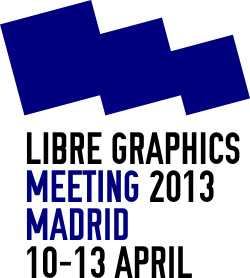
As many of you know, this April I was happy to attend the Libre Graphics Meeting (LGM) event in Madrid – the largest conference for free software graphics application users and developers. Much thanks to all community members who made this trip possible!
It took some time for me to analyze the results and have everything settled in my mind. So, today I would like to present a personal report about this event.
This was my second experience of attending LGM. Previous year I have attended LGM in Austria and gave a talk about Remake usage. This year it was a bit different. My plan was to give a workshop about the usage of character template that we have developed lately. Another important thing is that LGM was attended by Synfig’s main developer – Carlos López González – so my target was to have a meeting with him for a productive collaboration.
Also, I have decided to expand the benefit of my trip and organized additional Synfig workshops on my way to LGM. There were two workshops in St. Petersburg for “Regional Center of Quality Evaluation in Education and IT” and one in Moscow for the “Moscow’s Institute of Open Education”. The first workshop in St. Petersburg was about technique of cutout animation in Synfig. The second was advanced one about the usage of character template (same as given at LGM). Moscow’s workshop was about cutout animation only. All workshops are turned out great, we had a lot of discussions during the events and I’m happy to see a good trend – there is a growing interest for Synfig as alternative to replace Flash in Russian education.
During my stay in St. Petersburg I also got a chance to visit “Melnitsa” – the biggest animation studio in Russia. That was really good experience for me.
By the way, the interest to use Synfig in education is not a Russian-only trend. My workshop about the character template was at the very first day of LGM, and besides the conference members there was a lot of students from the art academy. Right in the middle my workshop was interrupted by the fire alarm, but in general it all went fine.
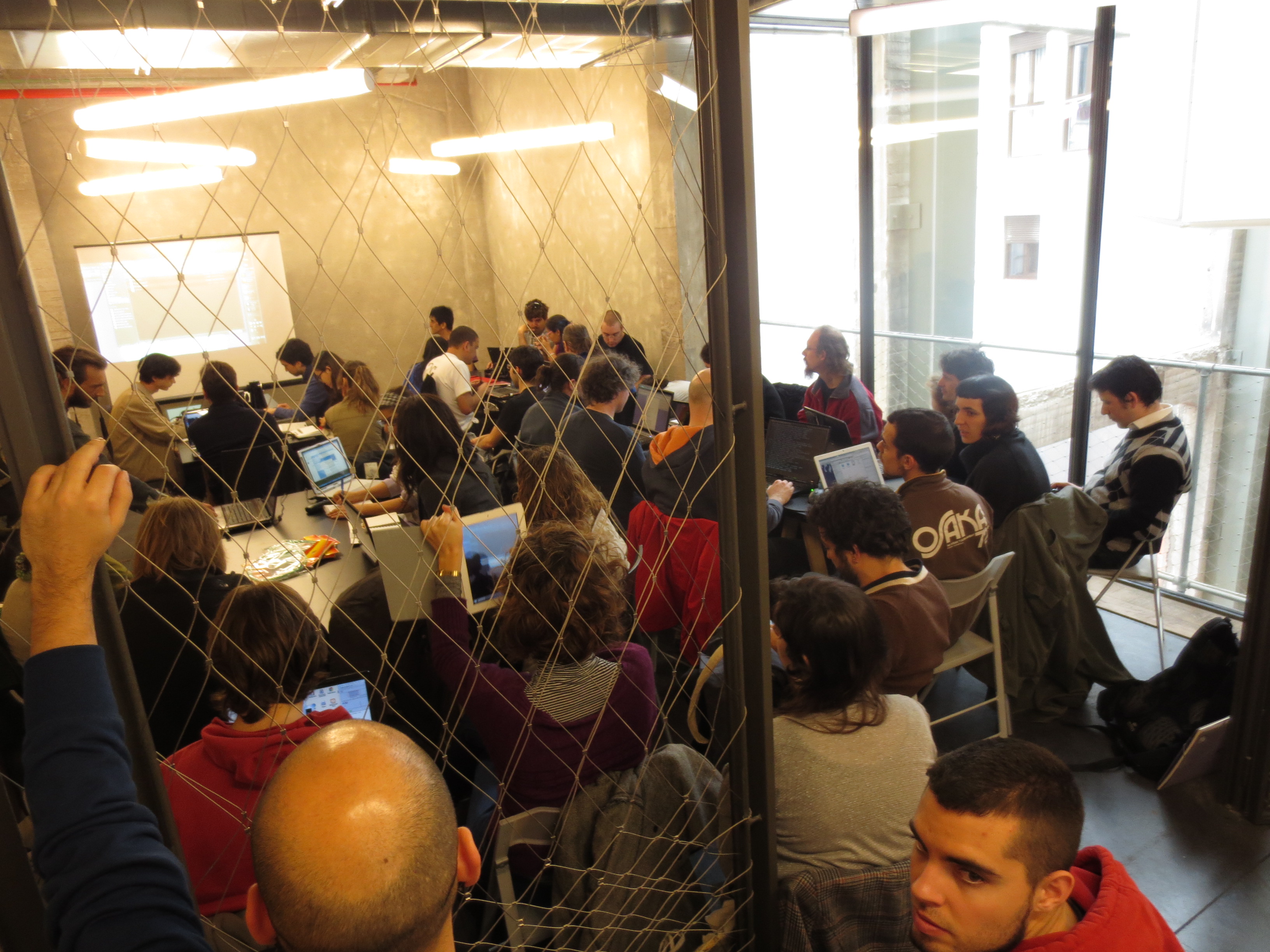
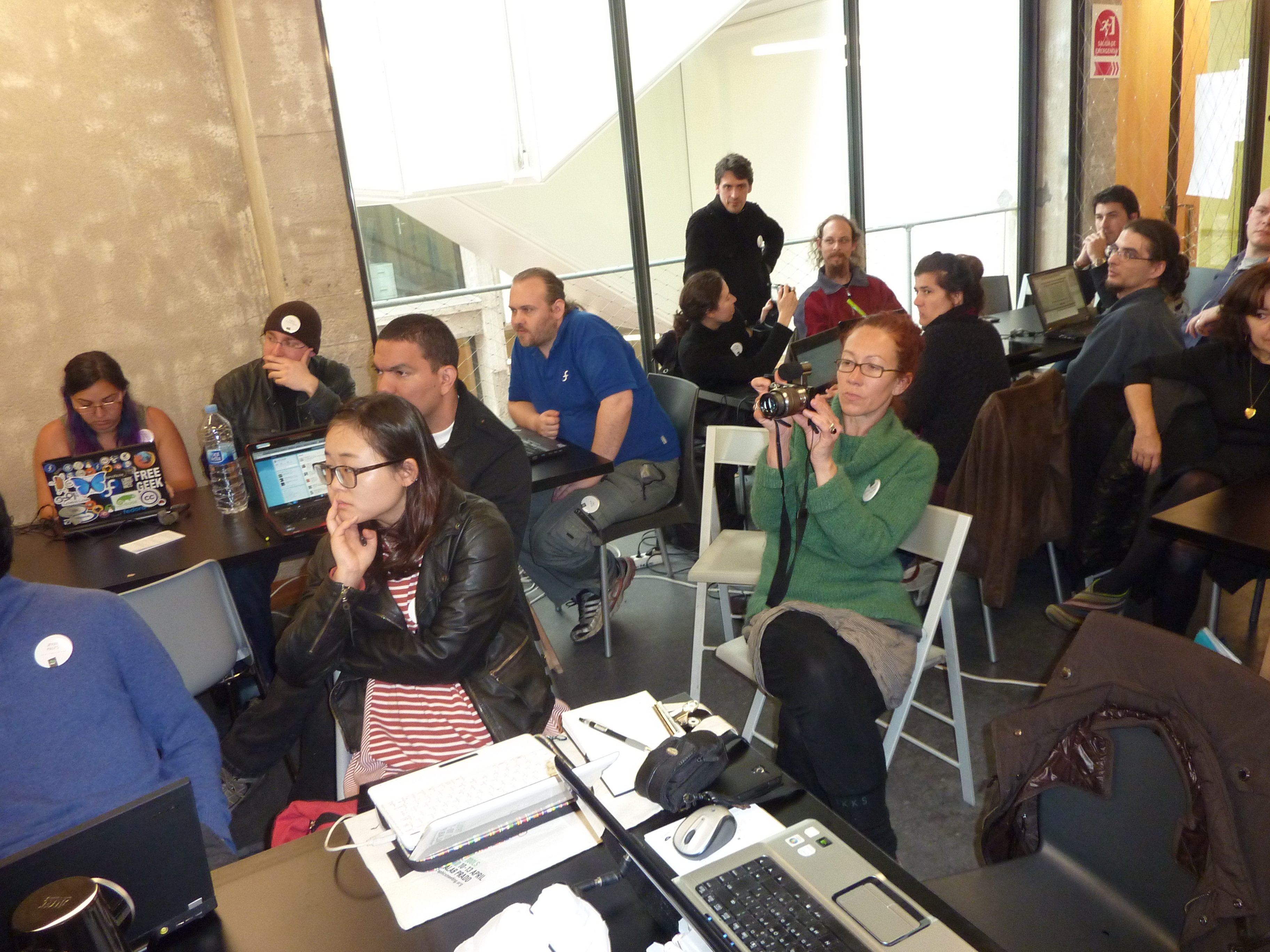

Unlike the LGM talks, the workshops weren’t recorded, but in the last two days of LGM I was invited for a live broadcast at Experimental TV and I’ve took that chance to re-record the workshop contents as a screencast. As result – you have my workshop available as tutorial online now. The live broadcasting was very fun and people told me that it was a longest session in the history of Experimental TV.
This year the LGM was attended by 5 representatives of Synfig community:
- Konstantin Dmitriev (me, aka Zelgadis)
- Carlos López González (aka Genete)
- Jerome Blanchi (aka d.j.a.y.)
- Timothée Giet (aka Animtim)
- Manuel Ospina (aka Mospina)
In the third day of LGM we had a development meeting (BoF), where we discussed a development priorities for Synfig. It was decided to continue work on optimizing rendering speed for workarea. Another priority turned to be the Single-Window interface and we discussed the optimal strategy of its implementation.
It was a lot of fun to meet you all guys there, and I’m proud to be a part of your community!
One of the frequent questions people ask me is about the results of our meeting with Nina Paley. In my opinion it’s a bit hard to talk about results, since it usually takes time for such consequences to show up. But below is some brief attempt for analysis.
Nina got into complex situation. From one side there was a Synfig, from the other side – Tupi. And there also was Blender, which wasn’t represented at LGM and she don’t know anything about, except that it have very well established development. On the other hand, she likes Flash so much and none of the mentioned tools are close to deliver the Flash experience she have.
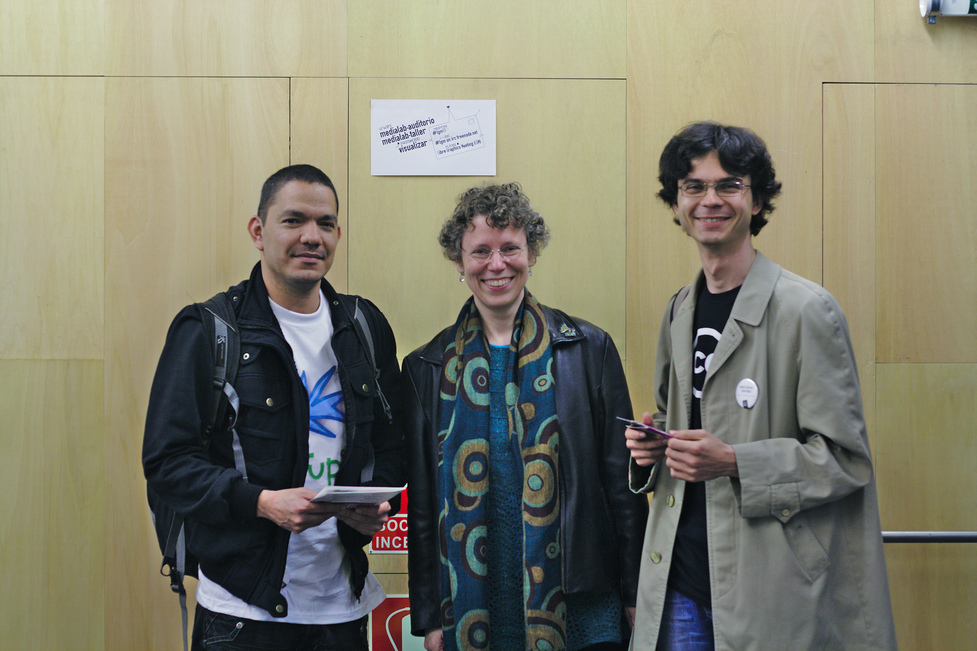
Photo by Maria ‘tatica’ Leandro.
In such situation, there is a willing to do something to make a difference, then that probably implies supporting one of the projects. But the main question is: which one? Choosing which one project give support to is impossible without deep expertize, investigation and a lot of learning. And that requires time and resources. So I have to disappoint my readers expecting decisions to be taken now and sudden – nothing like that will take place at the moment.
At this moment, for Nina all the existing open-source projects look equally far from ideal and the worst thing is that she’s not that much into free software culture (yet?) to believe that it worths to put her efforts into it.
Another problem of the discussion was that none of the participating sides was able to offer a clear strategy of establishing collaboration.
So, before Nina really could do something, she have to answer many questions for herself:
- Which one project give support to?
- How to give support
- Does it worths to dig into this at all, or better just go with proprietary software?
Lots of questions, eh? For me, as being a part of Synfig, all the questions can be reformulated in much simpler one: “Why not Synfig?”
During the LGM days me and Nina had a few practical sessions for Synfig usage, giving it a “test-drive”. At the end, her main complains about Synfig were summarized as low response/performance speed and the complexity of the program (“too difficult to learn”). She admitted that found impossible to learn Synfig on her own, without direct (personal and in-place) developer/consultant assistance and the software speed is considered on top of all her other priorities.
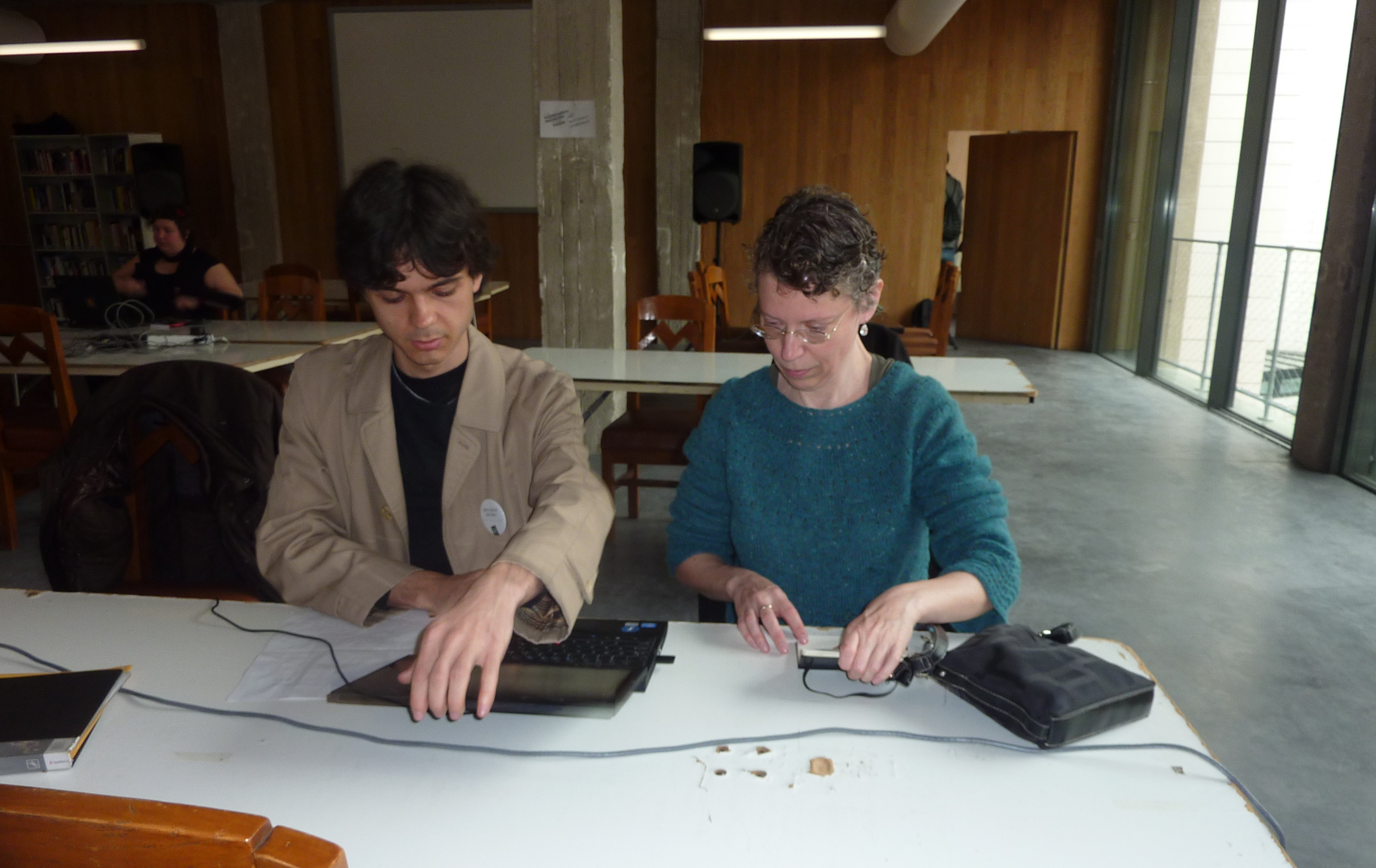
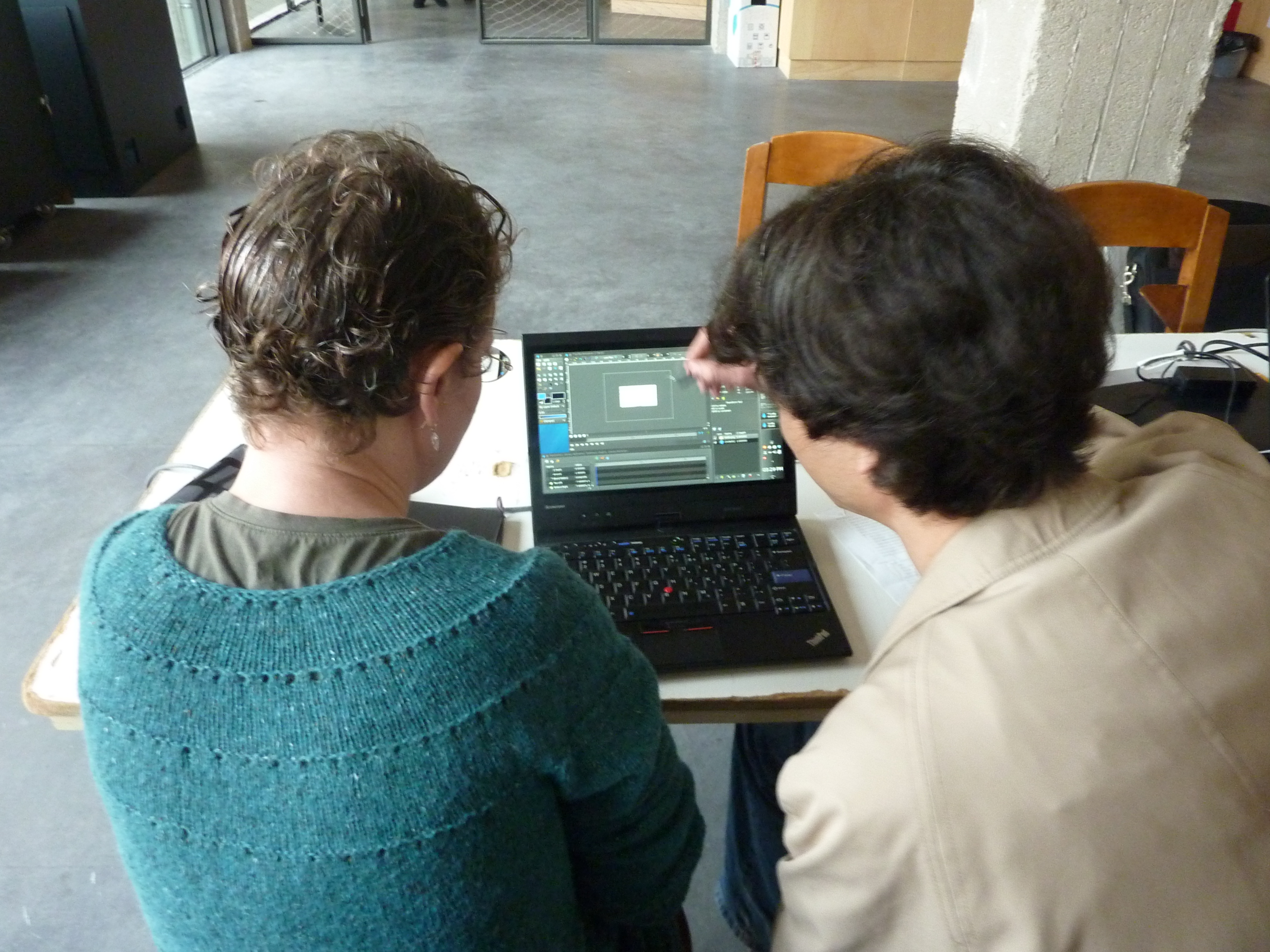
Then why not give a hand to Synfig and help to get rid of the outlined issues? Let me be honest here: at the current status Synfig isn’t ready to receive a support nor from Nina Paley, nor anyone else. The situation is that Synfig doesn’t have a resource gap to put the money into, which will guarantee the result as feedback, clearly observed as benefit for the sponsor.
So it’s a good moment to think what are exact steps we (Synfig) can do to leverage the existing gaps. Here are a my thoughts:
1. We need to bring Synfig development from random/freetime contributions to the status of planned and regular process. For the past years there are already a good substantial movements in that direction, but we need to push that even further. This is impossible without establishing full-time employment for major Synfig contributors. And I feel the situation gets ready for that. I’m not sure when exactly would it happen, but I’m sure that will be a real “game changer”.
2. The critic about Synfig’s complexity couldn’t be ignored. Of course, that could be done by changing Synfig itself and that refers to my previous point about full-time employment. But there’s also another way. For the past years we have proofed Synfig as suitable for animation production in the state “as it already is”. We have developed a workflows and that become our “know-how”. Now we need to deliver this knowledge, those workflows to the audience. At the moment it doesn’t go further than random tutorials and screencasts. I think we have to bring this content to the next level by following Krita & Blender steps – releasing training DVDs. My experience of doing workshops in St. Petersburg and Moscow shows that the explanation of basics of cutout animation workflow in Synfig could fit into 2-3 hours. As result of those workshops I have a methodics and proofed it as effective. So, I believe that might be a really good direction to put our efforts into.
So, that’s the introspection. What else can I say about LGM?
Of course there was a LOT of interesting workshops. Unfortunately many of them were overlapped in time and that forced me to make a hard choices. Personally, I would prefer workshops to take place in parallel with the talks instead of having several workshops at the same time.
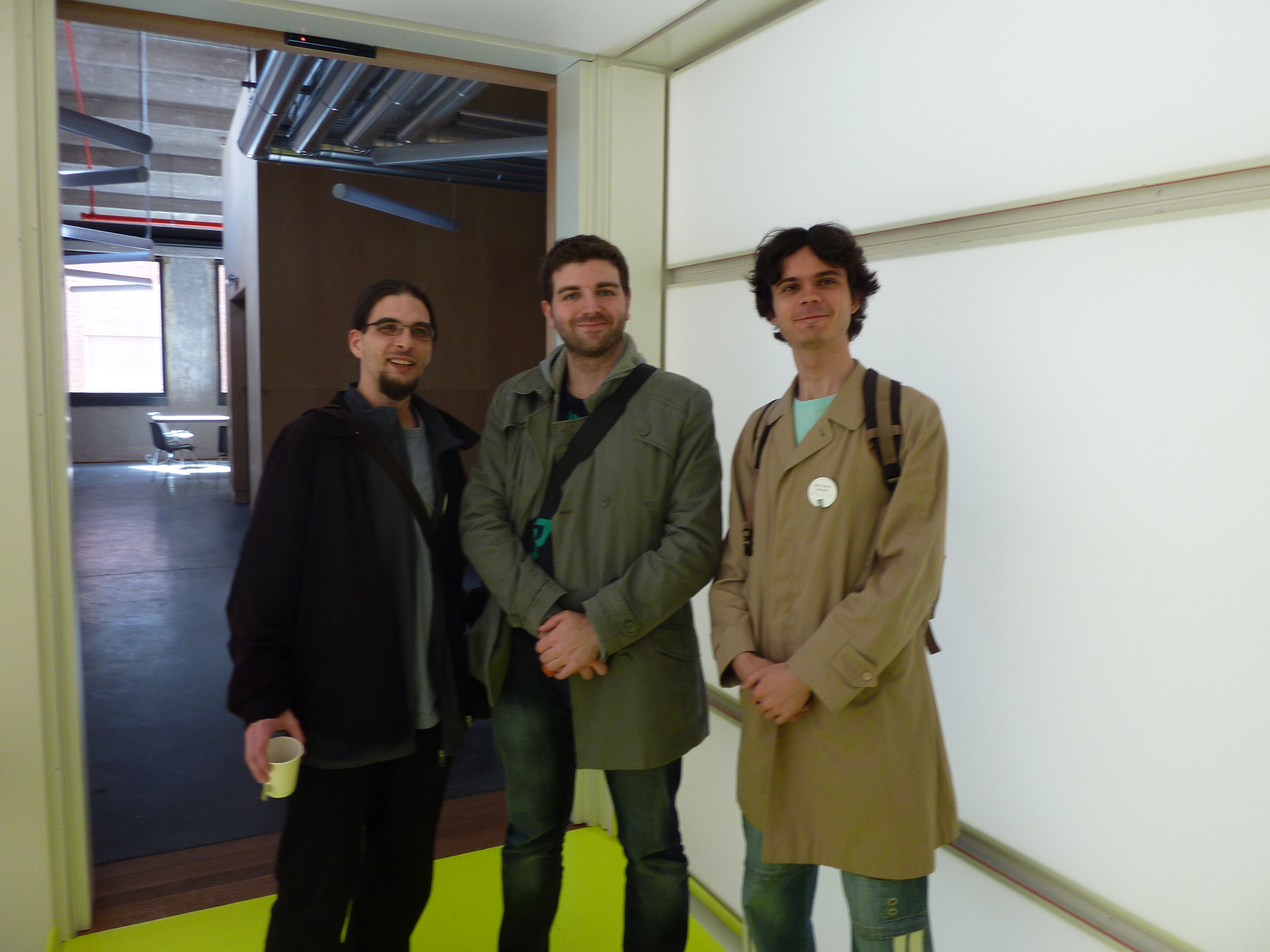
So I have missed the workshop by David Revoy, because we had Synfig meeting. For the same reason I missed the Krita Sketch workshop by Timothée Giet – I’ve dropped by at the “animation creation workflow sharing session” by Girin Studio. It was very interesting to see their approaches and I really admire of their work. Of course I couldn’t miss a chance to share our workflow – so it turned into a kind of another unplanned workshop for me.
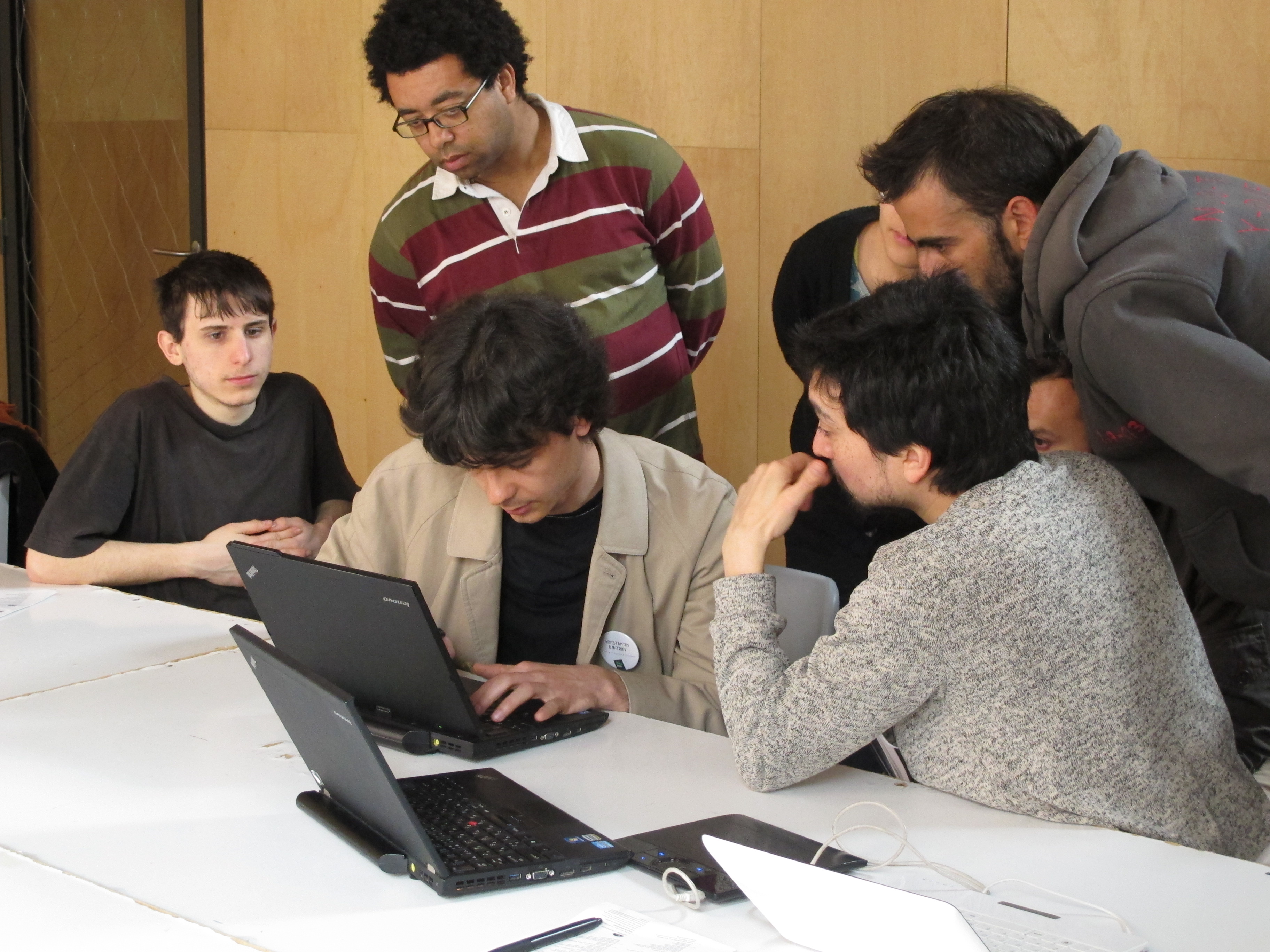
Also at LGM I have discovered a modification of Pencil, which turns this software into stop-motion tool. Awesome idea! Unfortunately, they have used the official version of Pencil, not ours. So it might require some efforts if I would decide to merge their changes.
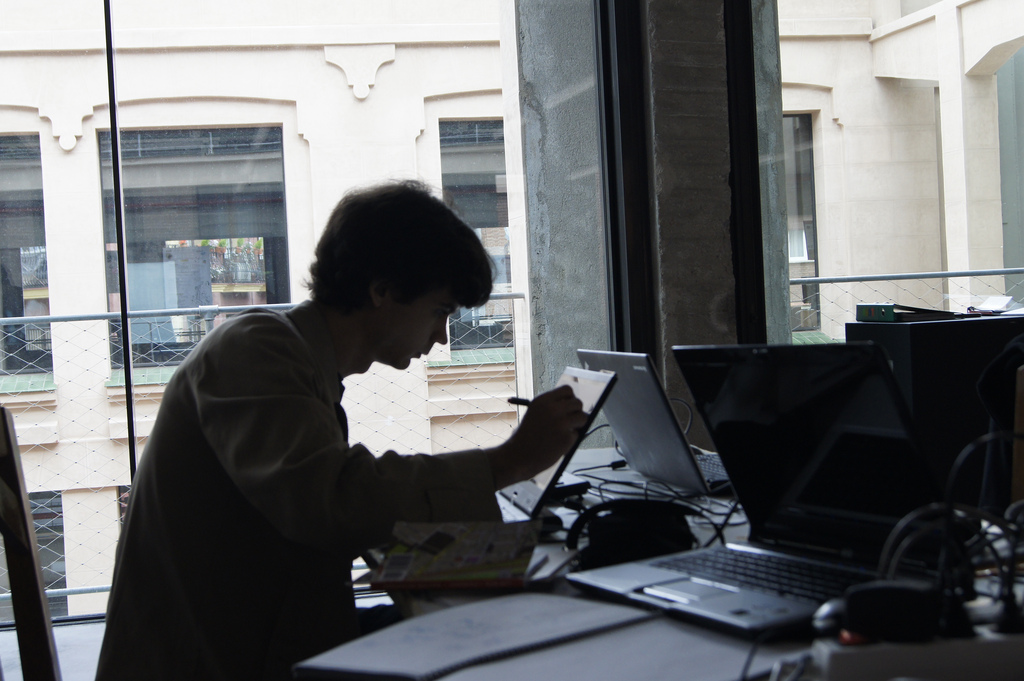
This year I was not much into attending talks, instead I was happy to have some coding/debugging sessions with Carlos. I’ve started to work on the Zoom Handle feature for Group layers and almost finished another feature that allows to set default interpolation for individual layer’s parameters. Also we have discussed some neat concepts about extending Synfig animation features. That was a lot of fun and also the great chance to expand the horizons!

Well, I think that is. My report is already too long and it’s hard to fit all the awesome events happened. I was happy to meet a lot of awesome people and although it was only a few days, I feel many of you as a close friends and always smiling when see your faces at the photos or videos.
At the end of my trip, when I met Alexandre Prokoudine in Moscow, he asked me what was the most important thing happened to me during the conference. I was unable to answer clearly. It was too early to answer. Now, after everything settled down in my head and first results are starting to reveal themselves, I can answer clearly: the most important thing in this trip was meeting Carlos López González and collaborating together. I think the consequences of that are hard to underestimate and more results are sure to follow.
P.S. You can read more LGM reports from an awesome people here:
- http://timotheegiet.com/blog/anim/back-from-the-future-tools-lgm-2013.html
- http://krita.org/item/144-libre-graphics-meeting-2013
- http://www.ramonmiranda.com/2013/04/lgm-madrid-2013-future-tools.html
- http://tatica.org/en/2013/04/17/lgm-2013/
- http://girinstud.io/news/2013/05/report-of-our-first-libre-graphics-meeting/
…and here are also links to LGM photos I found:
- Official LGM photostream
- Gallery by Tobias Ellinghaus
- Galleries by Peter Westenberg: (1) (2) (3) (4)
- Photos by David Revoy
- Gallery by Carlos López González
- Gallery by Tatica
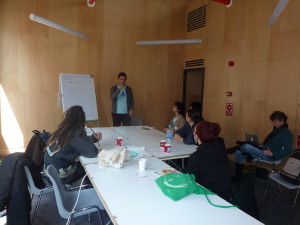
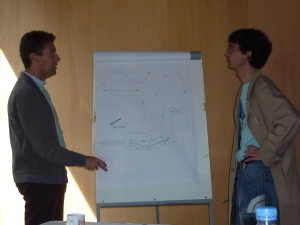
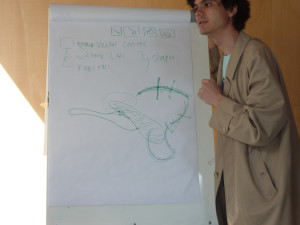
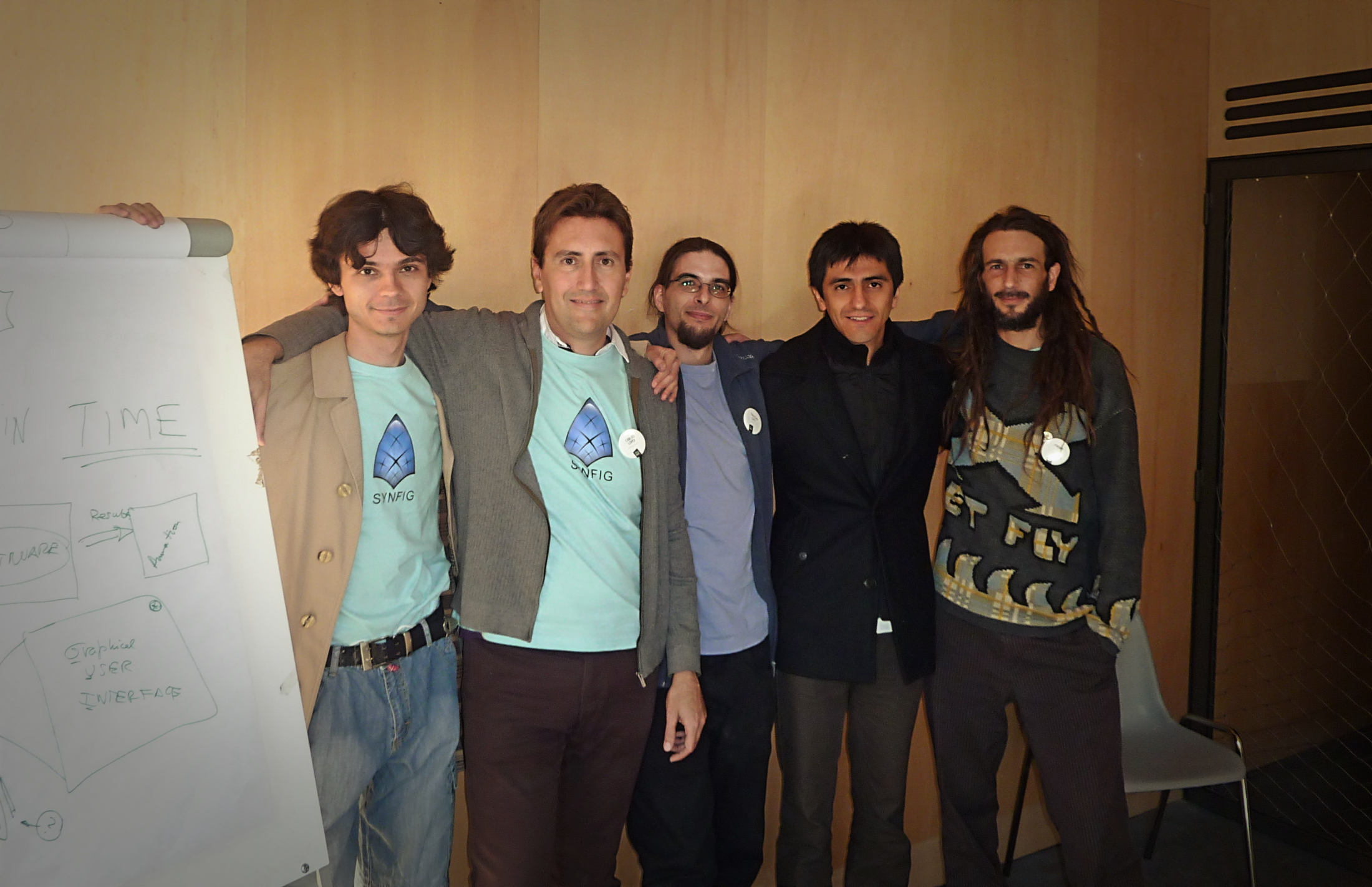
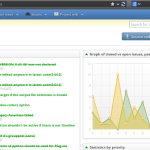
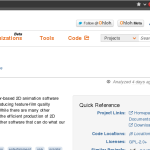
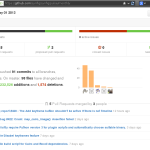
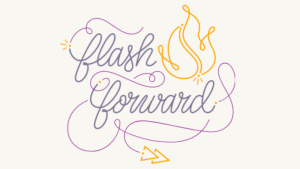
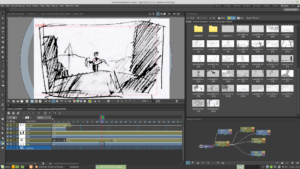

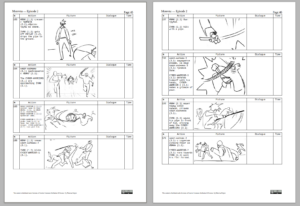
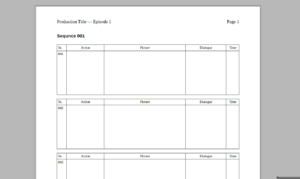
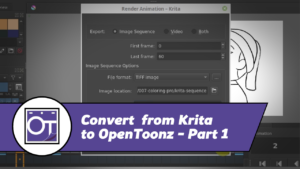
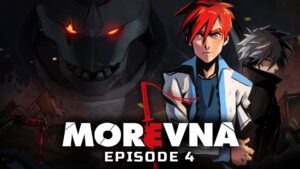
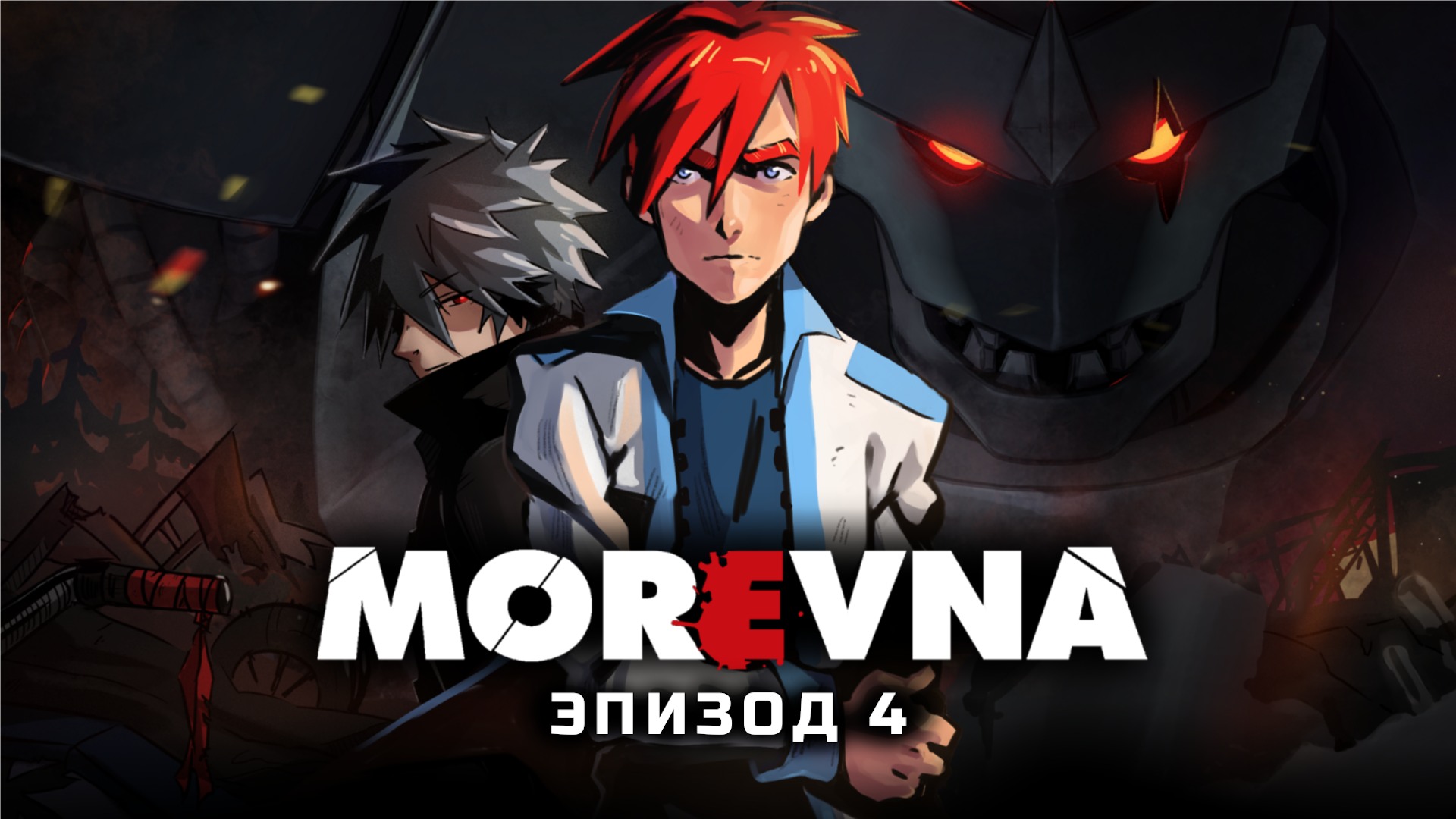
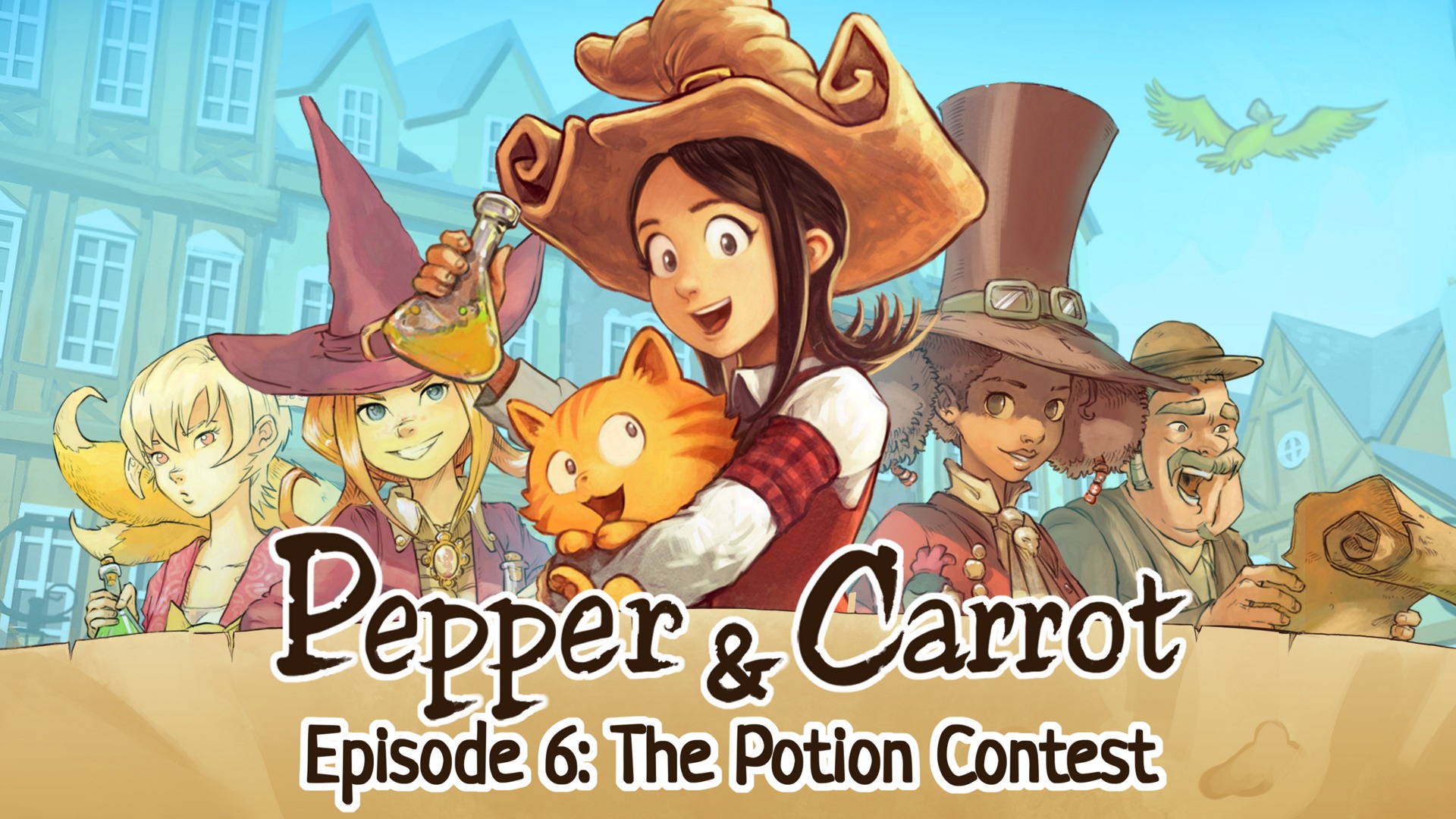
6 Responses
Exciting news! I’m so glad you got to go and represent Synfig. I agree with you about writing down a concise and clear workflow and creating comprehensive learning tools. Since the program is ‘dense’, it’s difficult to know all of it’s wonderful capabilities.
I agree. A training DVD or video versions of the current documentation will help to attract more users.
It was great to meet you all there!
Great post!
I’m glad to see so many things being discussed and moving forward at and after LGM 🙂
That’s a great idea, selling DVDs like Blender!!!! Konstantin, you can take the material that you use to help teach students. I like it!